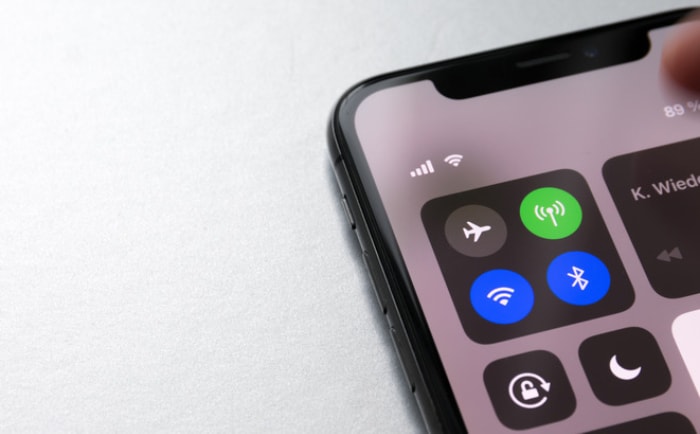UTP vs. STP: Know the Difference
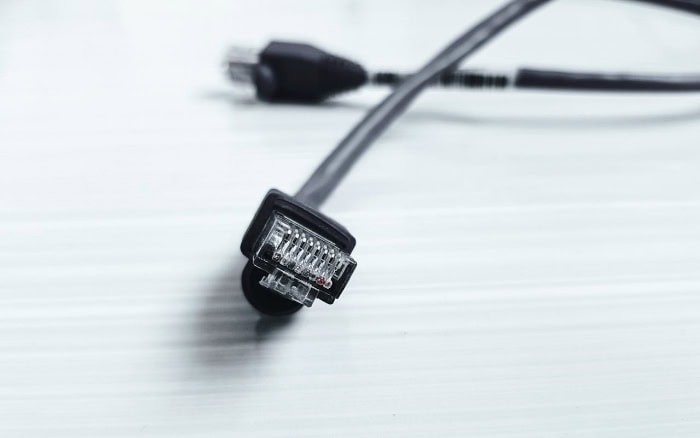
Office downtime, laggy video calls, or corrupted files often trace back to one simple culprit: the network cable. UTP and STP cables might seem like a technical footnote, yet this single choice can shape your entire network experience.
Whether prioritizing cost, speed, or protection from interference, making the right call sets your connections up for long-term success.
Fundamental Design and Construction
Choosing between UTP and STP cables starts with an appreciation for their fundamental differences in design and construction. The way these cables are built directly influences how they perform, how easy they are to work with, and where they’re best suited to be installed.
Shielding Mechanism
The main distinction between UTP and STP lies in how they handle external electrical noise. STP cables incorporate a shielding layer made from metal foil or braided wire, which wraps around the individual twisted pairs or the whole cable bundle.
This shield acts as a barrier, preventing electromagnetic interference (EMI) and radio frequency interference (RFI) from disrupting the signals inside the cable. UTP cables, on the other hand, skip the shielding altogether.
They rely instead on the careful twisting of wire pairs to limit crosstalk and block out most interference. While this method is surprisingly effective in environments with low EMI, it cannot match the level of protection offered by STP cabling in areas packed with electrical equipment.
Physical Properties
Differences in shielding also translate to how the cables feel and behave during installation. STP cables, because of their metal shielding, tend to be thicker, heavier, and a bit stiffer.
This added bulk can make them more challenging to pull through tight spaces or around sharp bends, and they require more attention during installation to avoid damaging the shielding. UTP cables, lacking the metallic layer, are noticeably lighter and more flexible.
Their pliable nature makes them easy to route through cramped spaces, and handling them is generally faster and less cumbersome. This flexibility also appeals to installers working on projects with many twists and turns or frequent cable terminations.
Internal Structure
Both UTP and STP cables share a core design based on pairs of copper wires twisted together. This common twisted-pair structure helps combat interference and improves signal quality for both cable types.
STP takes things further with its additional shielding. Depending on the specific type, the shield may wrap around each pair, the entire group of pairs, or both.
UTP sticks with just the twisted pair design, focusing on tight, consistent twists to limit crosstalk and interference. The simplicity of UTP’s construction leads to lower production costs and remains a favorite for everyday networking setups, while STP’s more complex internal arrangement offers robust noise protection where it is truly needed.
Performance and Reliability
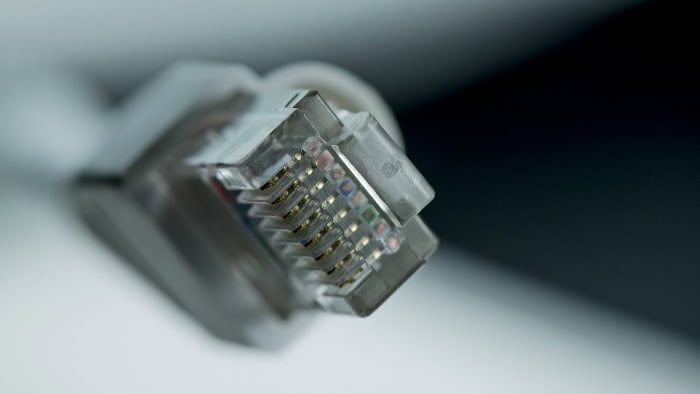
Performance and reliability are at the heart of any network’s success, making cable selection a crucial step for both everyday users and IT professionals. The choice between UTP and STP cables goes far beyond their appearance, directly affecting network speed, error rates, and the ability to withstand interference from nearby equipment.
EMI/RFI Resistance
Shielding offers a dramatic advantage when battling electromagnetic interference (EMI) and radio frequency interference (RFI). STP cables excel in environments heavy with electronic buzz, such as manufacturing plants and busy data centers.
Their metal shielding forms a reliable barrier, absorbing and reflecting unwanted electrical noise before it can corrupt data signals. In such challenging settings, reliable network performance often hinges on this superior blockade.
UTP cables, with their reliance on twisted pairs alone, hold their own in residential spaces or standard offices with minimal interference. However, their design leaves them susceptible near large electrical motors, fluorescent lighting, or industrial machinery.
In areas where EMI and RFI are rampant, UTP simply cannot match the resilience of STP, leading to more frequent issues such as dropped packets and intermittent connectivity.
Data Integrity
Maintaining clean, accurate data transmission becomes increasingly challenging in noisy environments or over long cable runs. STP cables shine here, minimizing crosstalk between wires and reducing the risk of signal degradation as data travels from point A to point B.
The result is greater data integrity, which is especially important in critical applications where even minor errors can have major consequences.
UTP cables, while sufficient for most home and small office applications, can experience problems when surrounded by powerful electrical sources or when used in lengthy installations. Data signals may lose strength, and interference can distort the information being sent, potentially leading to corrupted files or the need for expensive rework.
Speed and Bandwidth
As data needs grow, the ability to handle higher speeds and bandwidth becomes increasingly important. STP cables not only offer superior shielding but are also designed to support faster data rates, reliably transmitting at 10Gbps or more over extended distances.
This capability makes them an ideal choice for mission-critical networks or growing businesses with demanding data needs.
UTP cables shine in cost-sensitive environments with short cable runs and moderate speed requirements. While modern UTP variants are impressive, supporting gigabit speeds and even higher for shorter distances, their performance can drop off in more demanding scenarios.
For most basic networking applications, UTP provides a solid, budget-friendly option, but for future-proofing against rapid data growth or high-traffic networks, STP often becomes the preferred solution.
Cost and Installation
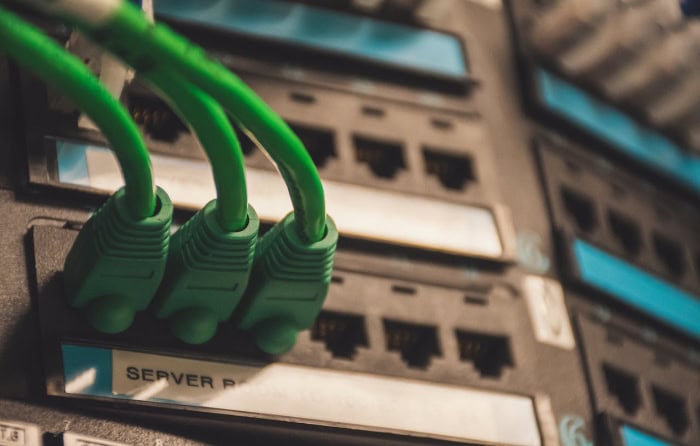
Selecting the best cable for a networking project is rarely just a matter of performance. Budget limitations, labor requirements, and future expansion plans all weigh heavily on the final choice.
UTP and STP cables vary not only in their material costs but also in the ease with which they can be installed, upgraded, and maintained.
Budget Implications
The financial side of cable selection can tip the scales for most small businesses and home users. UTP cables tend to be 20 to 50 percent less expensive than their shielded counterparts.
Their simpler construction with fewer materials keeps costs low on both the product and installation fronts. In contrast, STP cables command a higher price due to their additional shielding layers, thicker jacket, and more demanding manufacturing process.
Installation can also become pricier, as extra care is needed to avoid damaging the shielding. Larger projects multiply these differences, making UTP an easy favorite in cost-sensitive scenarios.
Deployment Complexity
Ease of installation can make or break a cabling project, especially on a tight schedule. UTP’s flexibility and light weight mean even less experienced technicians can achieve reliable results quickly.
Standard connectors snap easily into place, and there’s no special consideration for grounding or shielding. STP installation calls for a higher level of precision.
The shield must be properly connected and grounded to maintain its protective qualities. Improper handling during installation can compromise performance, leading to expensive troubleshooting or even cable replacement.
Ongoing maintenance also requires more expertise to ensure continued shielding integrity.
Scalability Challenges
Future-proofing a network often means factoring in the likelihood of moves, adds, or changes. UTP’s slim, pliable profile makes it easy to add more connections or reroute existing cables with minimal disruption.
Adjustments or expansions can often be handled by in-house staff without the need for specialists. In comparison, STP’s rigidity and thickness can complicate retrofits and make cable management in crowded spaces more difficult.
Expansion projects may require professional installers to work carefully around existing shielding, significantly increasing labor time and cost. For organizations expecting rapid growth or frequent reconfiguration, UTP stands out as the more adaptable solution.
Real-World Use Cases
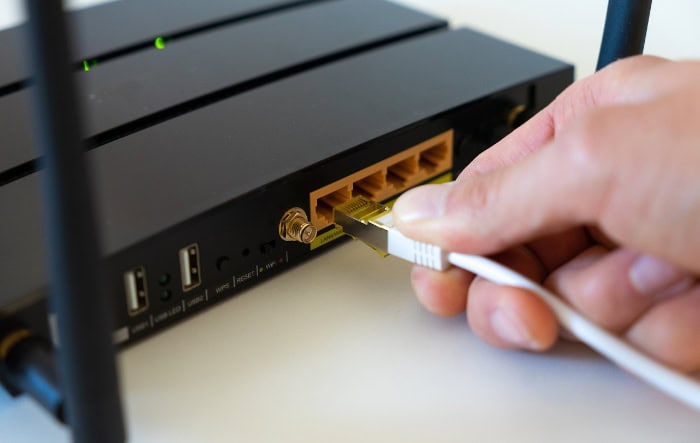
The choice between UTP and STP cabling becomes especially clear when looking at how each type is applied in real-life settings. Different environments pose unique challenges, and the right cable can protect your network from performance hiccups, interference, or inflated costs.
From simple home networks to demanding industrial sites, each solution offers distinct benefits tailored to specific needs.
UTP Applications
UTP cabling dominates in residential and small office environments for good reason. Most homes and small workplaces feature relatively low levels of electrical noise, so UTP’s natural resistance to minor interference is usually more than enough.
The cable’s flexibility and affordability make it the preferred option for running lines between rooms, connecting desktops to routers, or wiring up workstations. Because installation is simple and maintenance needs are minimal, UTP suits anyone seeking hassle-free networking.
In classrooms, retail spaces, and other low-EMI environments, UTP delivers reliable speeds over short to moderate distances without unnecessary complexity or cost.
STP Applications
Commercial and industrial environments present far more stressful conditions for network cabling. Factories, large office buildings, and medical facilities often contain heavy-duty equipment, electrical motors, elevators, and extensive HVAC systems that generate significant electromagnetic interference.
STP’s robust shielding insulates the data signals from these disruptions, preserving performance and security. Data centers, where uninterrupted connectivity is non-negotiable, commonly standardize on STP for mission-critical links.
Laboratories and hospitals benefit from extra protection, as diagnostic equipment and specialized machinery can emit strong EMI. For any network running near sources of interference, STP dramatically reduces the risk of data errors and signal dropouts.
Hybrid Scenarios
Some situations call for a middle ground, neither as insulated as STP nor as barebones as standard UTP. Shielded cables like FTP (Foiled Twisted Pair) offer a practical alternative in spaces where moderate EMI might be a concern, but full STP protection would be excessive or too expensive.
For instance, small manufacturing floors or offices located near electrical closets often benefit from these partially shielded solutions. Hybrid cabling strategies can also prove valuable in mixed-use buildings, where varying EMI levels are present from floor to floor.
By blending different cable types, network planners can balance cost, performance, and installation complexity to match each unique space.
Key Decision Factors

Choosing between UTP and STP cables involves more than just technical specifications. Evaluating the environment where cables will be deployed, weighing costs against benefits, and considering potential risks all play crucial roles.
Environmental Assessment
EMI levels in the installation area strongly influence cable choice. Locations filled with heavy machinery, fluorescent lighting, or multiple electronic devices produce interference that can disrupt data signals.
STP cables offer superior protection in these cases, maintaining signal quality. Distance between network devices also matters. Longer cable runs increase the chance of signal degradation and interference, making shielding more valuable. Physical space constraints add another layer of consideration.
STP’s thicker, less flexible design can complicate routing through tight spaces or conduit, while UTP adapts more easily to restricted environments. Assessing these factors carefully can prevent future connectivity issues.
Cost-Benefit Analysis
The premium cost associated with STP cables and installation must deliver corresponding value. Critical infrastructure such as data centers, hospitals, or manufacturing control rooms often warrant this investment due to their demand for stable, interference-free connections.
For networks with less demanding requirements or limited budgets, UTP offers a practical, cost-effective alternative. It delivers reliable performance in low-risk environments, avoiding the extra expense of shielding materials and specialized installation labor.
Aligning cable selection with the project’s performance needs and budget constraints avoids overpaying for unnecessary features.
Risk Mitigation
Applying STP cables in quiet, low-EMI environments may result in spending more than necessary without noticeable benefits. Overengineering the cabling system can waste resources and complicate maintenance.
Conversely, relying on UTP in noisy settings risks frequent disruptions, data errors, and costly downtime. Identifying and anticipating potential interference sources helps prevent such failures.
Strategically choosing the appropriate cable type reduces the chance of network issues arising from incompatible cabling and minimizes costly repairs or replacements.
Conclusion
Choosing between UTP and STP cabling comes down to more than technical specifications; it is a direct response to the unique challenges of your environment and the priorities of your network. UTP cables stand out for their simplicity, flexibility, and affordability, making them an excellent fit for homes, small offices, and any setting where interference remains minimal.
STP, with its added shielding and robust build, becomes essential where electromagnetic interference threatens data integrity, such as in industrial sites, medical facilities, or mission-critical infrastructure.
The fundamental differences are clear: UTP offers cost savings and hassle-free installation, while STP provides superior protection and reliability in challenging environments. Matching your cable choice to the level of interference, installation complexity, and future demands ensures a network that performs smoothly and lasts.
Let your environment, rather than just technical capabilities, guide the decision for network cabling that truly fits your needs.

